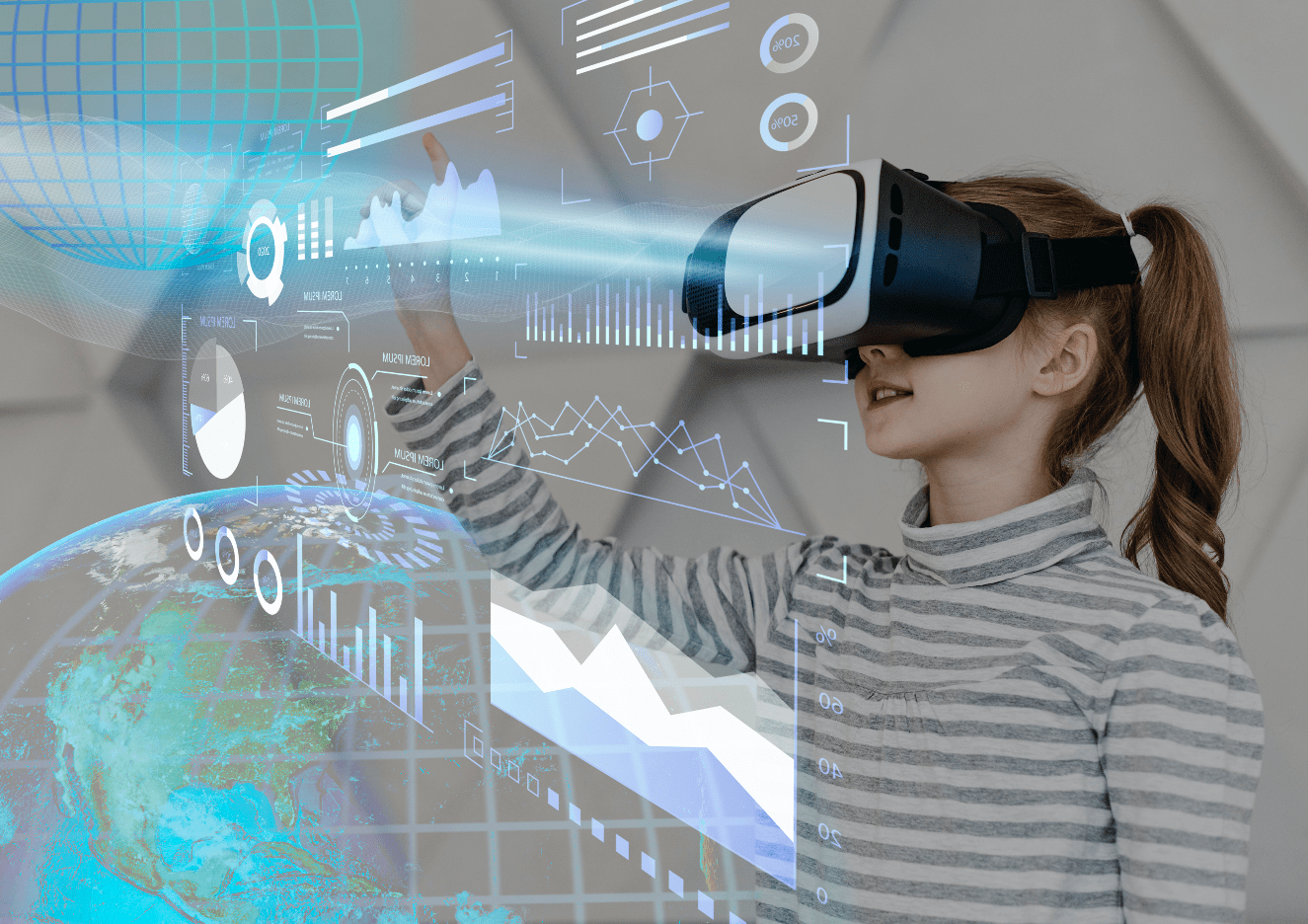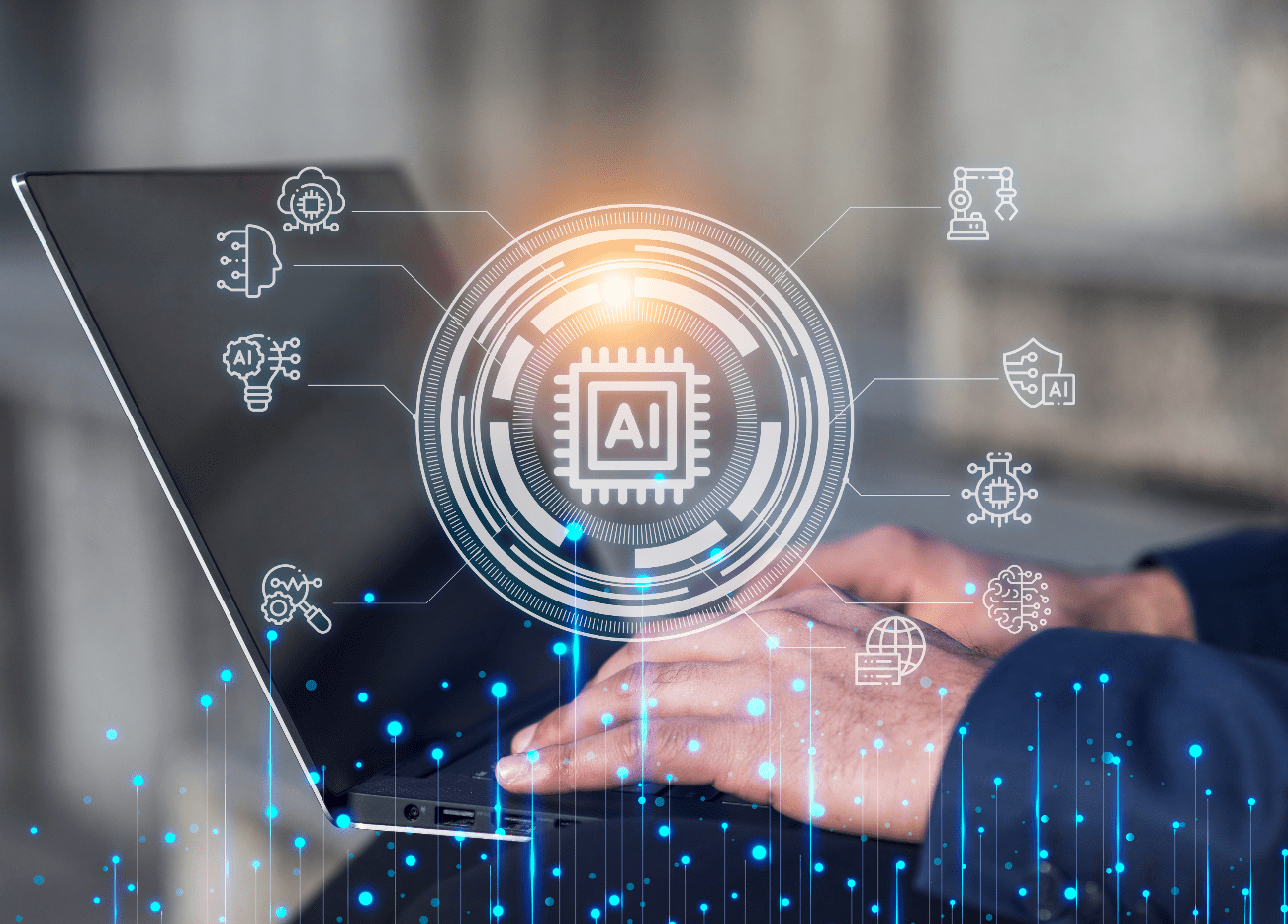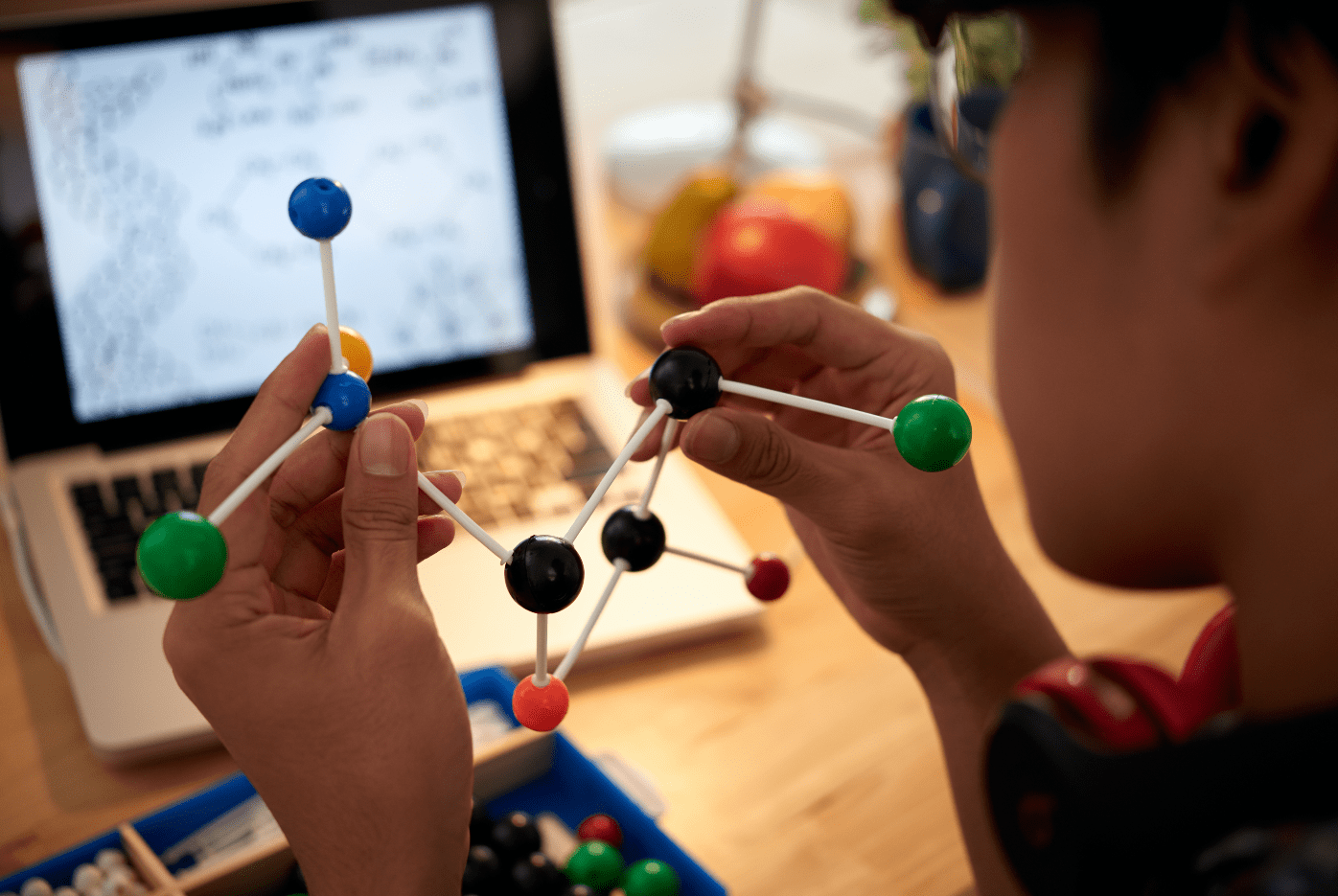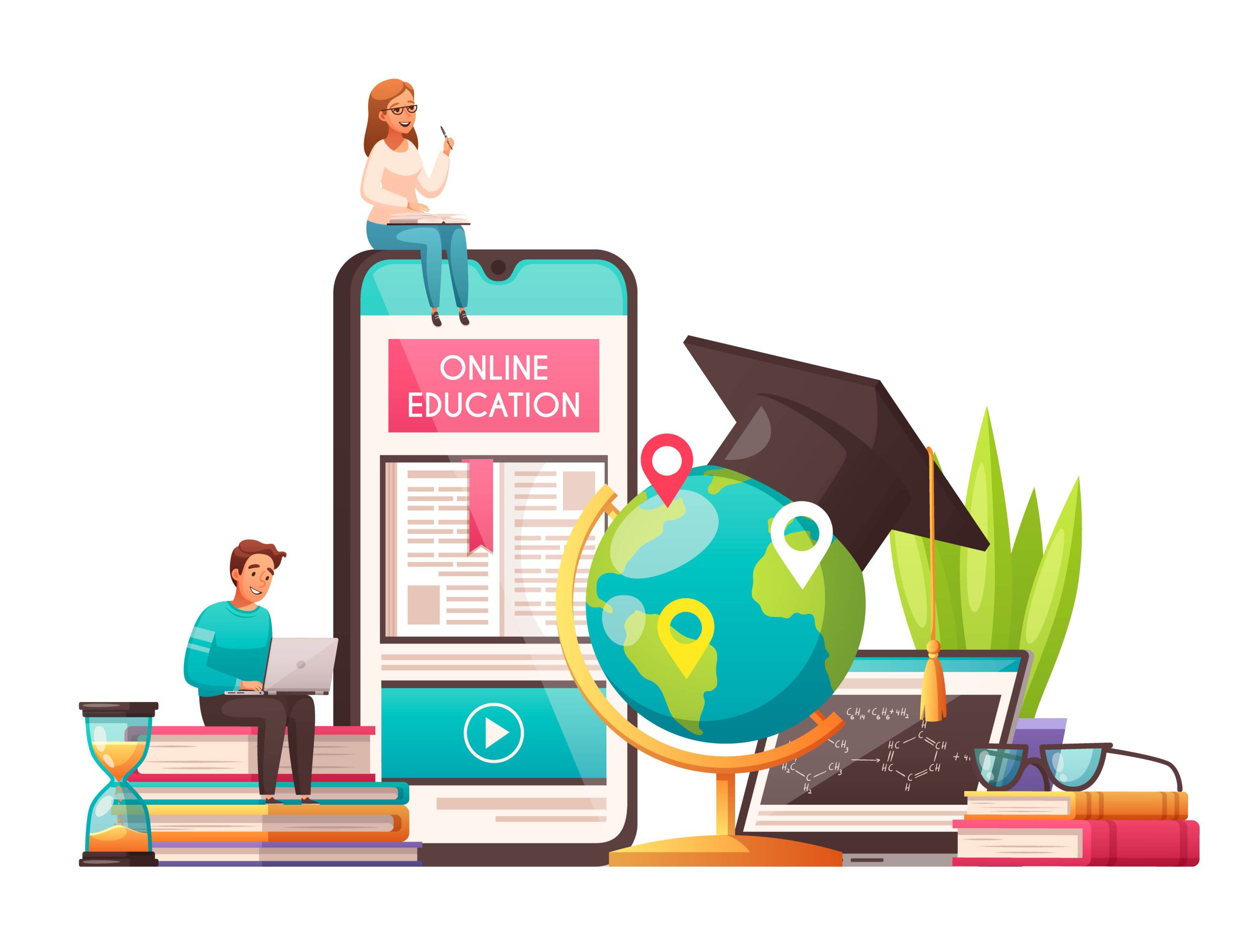Last Updated on May 4, 2025 by Muhamed Elmesery
Science education plays a critical role in the future of the upcoming scientists, innovators, and problem solvers. Traditional teaching and education methods often fail to engage students and ignite their passion for scientific exploration, and this is where new innovative teaching methods in science education come into play.
In this blog post, we will delve into the most innovative teaching methods in science education that are revolutionizing the way students learn and teachers teach. These methods not only make science more accessible and enjoyable but also enhance creativity, scientific exploration, critical thinking, and a lifelong love for scientific inquiry.

Table of Contents
1- Using Augmented and Virtual Reality Technologies
Augmented reality is a technology that allows a combination of real and virtual objects. It allows the overlaying between information and virtual objects in our real-world scenes. It depends on using the existing environment and adding information to it to make a new artificial environment. It enables users to perceive the real world around them and incorporate virtual objects that suit the purpose for which it’s being used, in contrast to virtual reality technology, which only allows users to interact with virtual reality.
The integration of AR and VR technologies as one of the most innovative teaching methods in science, has opened up new possibilities for immersive and interactive learning experiences. They allow students to explore and manipulate scientific concepts in virtual environments that closely resemble the real world.
One of the most popular augmented reality applications and VR technologies is the virtual AI lab simulations. They are immersive and interactive 3D simulations that enable students to perform science experiments online, from their computers anytime and anywhere, without feeling pressured.

2- Using Artificial Intelligence in Science Education
Using Artificial intelligence now is a vital method in science education for both educators and students. Schools can benefit from the power of artificial intelligence in science education by integrating it with existing digital lab environments that support STEM education. These artificially intelligent systems will be able to take over manual tasks like grading assignments and monitoring student progress, and teachers can then spend more time interacting with students, focusing on their individual needs during the educational process.
By using virtual labs in education, especially in virtual science education, tasks that need a long time like grading assignments and monitoring student progress can be done automatically by AI and this will make teachers spend more time interacting with their students and focusing on their individual educational needs.
For more information about AI in education, visit our blog “AI Is Transforming Education | Role of Artificial Intelligence in Virtual Labs”
3- Project-Based Learning
Project-based learning (PBL) is an instructional and educational method that is designed to give students the chance to enhance their knowledge and skills through engaging projects set around challenges and troubles they may face in the real world.
Project-based learning (PBL) includes the following essential elements:
- Begins with a driving question or challenge that provides context and drives instruction.
- Aligns with significant content learning goals.
- Incorporates twenty-first century skills.
- Facilitates in-depth inquiry that allows the student to explore the content.
- Offers multiple opportunities providing student choice and voice.
- Provides multiple opportunities for self-critique and assessment.
- Results in presenting a final product to a community audience.
The PBL method has a positive impact on teacher education. As such, it was found that PSTs who had been immersed in a PBL environment acquired pedagogical and content knowledge, enhanced understanding, communication skills, and self-esteem as well as decision-making abilities. Implementing the PBL approach into teacher education tends to affect novice teachers’ decision to integrate it into their personal pedagogical repertoire when teaching in the field.

4- Scientific Modeling
Modeling in science is building a physical, mathematical, or conceptual representation of a real phenomenon in our life that is difficult to observe directly. Scientific models are one of the most innovative teaching methods in science. They are used in cross-disciplinary science education such as molecular biology, physics, chemistry, and geology for explaining and understanding the behaviour of real systems and objects in our life.
Scientific modeling can be used to visualize an object or system such as the 3D double-helix model of DNA. It can also be used to describe an abstract, phenomenon, or hypothetical behavior.
For effective teaching of scientific modeling, students should be encouraged to create, revise, and refine models based on evidence and scientific principles.
There are many resources that can be used for scientific modeling, such as rubrics, tools, and inquiry-based approaches, to support students’ engagement and increase their learning outcomes.
5- Gamification as a game’s
We can define gamification as a game’s adoption process of thinking and mechanics in non-game contexts with the aim of improving engagement levels, improving individual learning outcomes, helping in completing certain tasks and motivating personal development.
The primary goal of using gamification in science education is to motivate and encourage students to participate in the learning process and thus improve their learning outcomes.

6- Science Education Apps
Science education apps are digital applications that are designed to increase student’s learning in different fields of science. These apps provide interactive, immersive and engaging experiences for students, allowing them to deeply understand various scientific concepts and protocols. Science education apps often leverage technology such as augmented reality, virtual simulations, quizzes, interactive lessons, and more to make learning more immersive and increase personalized science learning.
Science education apps improve students’ questioning, digging for more information, and curiosity. These apps offer flexibility in learning, personalized learning experiences, and the ability to access the content anytime and anywhere.
Unleash the Power of Virtual Science Labs with PraxiLabs
At PraxiLabs, we provide our students with virtual simulations in chemistry, physics, and biology that allow students to conduct science experiments virtually, providing them with hands-on experience even when they don’t have access to physical laboratory tools and equipment.
This virtual lab environment offers a safe and cost-effective alternative to traditional lab setups, enabling students to practice and explore various scientific concepts without limitations.
Transform Science Education with PraxiLabs! Engage Students with Virtual 3D Science Experiments in Physics, Chemistry, and Biology.
 PraxiLabs A virtual world of science
PraxiLabs A virtual world of science





